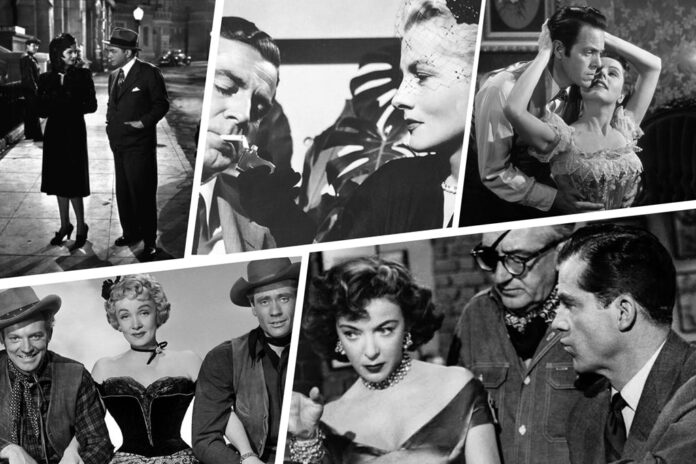If you want to look for classic film directors, three stars stand tall, each leaving an indelible mark on the silver screen that surpasses time and genre. Let us do the Blu-ray and DVD reviews of those directors’ great movies.
Fritz Lang, a visionary of the German Expressionist movement, wove dark tales that danced on the edge of reality and nightmare, exemplified in timeless classics like “Metropolis” and “M.”
Orson Welles, the enigmatic maestro, dazzled audiences with his prodigious talents as an actor and director.
Jacques Tourneur, a master of atmospheric suspense, navigated the shadows of film noir with finesse, delivering haunting gems like “Out of the Past” and “Cat People.
Also Read More: Where Is Sandy Bentley Twins Mandy Bentley Now? Wikipedia An Age
DVD Review: Cat People (1942) The Criterion Collection
For years, fans eagerly awaited Warner Brothers to venture into Blu-ray licensing. Finally, Criterion has granted our wishes with significant releases like “The New World” and the upcoming “McCabe & Mrs. Miller.”
Among these treasures, Jacques Tourneur’s “Cat People” shines as a long-awaited upgrade, possibly signaling a series of enhancements for Warner’s essential Val Lewton horror DVD box set.
Lewton’s inaugural horror venture for RKO, “Cat People,” is a mesmerizing blend of eerie voodoo mystique and profound interpersonal unease.
A Serbian immigrant, Irena (Simone Simon), grapples with ancient curses and her conflicting desires for human connection.
Tourneur’s mastery unfolds in dramatic, shadow-laden tableaux, where domestic spaces become realms of shadows, fostering anxiety in the recesses of the heart and mind.
The film delicately explores Irena’s fear of transforming into a predatory cat through subtle touches in DeWitt Bodeen’s screenplay.
Rather than dwelling on the “why,” the narrative emphasizes the overwhelming sense of helpless terror, accentuated by the striking black-and-white cinematography.
Renowned for keeping its predator mostly off-screen, “Cat People” relies on the power of suggestion, a departure from the conventions of studio horror films at the time.
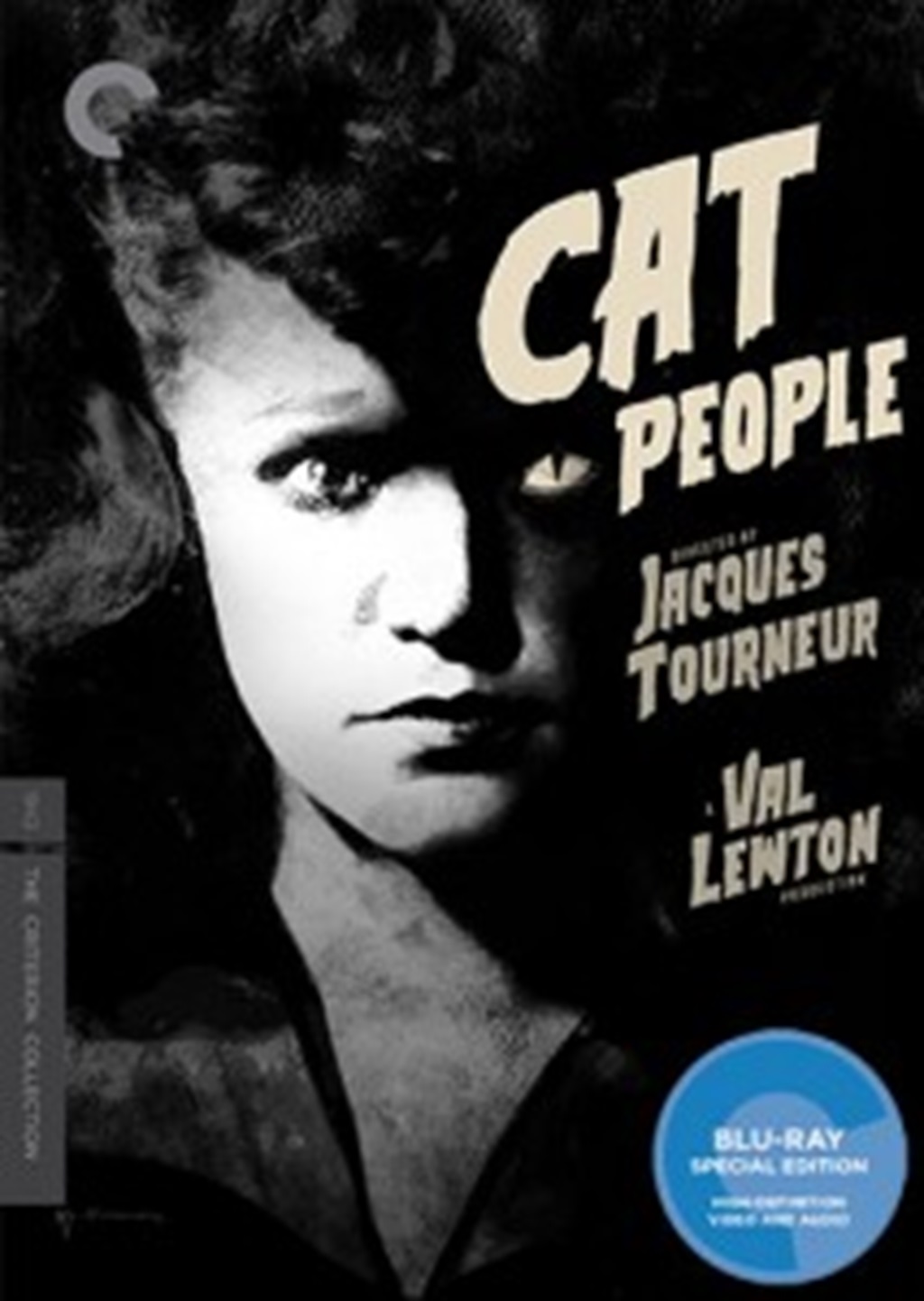
Criterion’s 1080p, 1.37:1 transfer, sourced from a new 2K restoration, delivers a phenomenal upgrade with abundant fine detail and nuanced grayscale separation.
An uncompressed mono soundtrack complements the visual feast without apparent issues.
While Criterion skips the LaserDisc edition’s commentary by Bruce Eder, they include the Gregory Mank track from Warner’s DVD release.
Additionally, excerpts from an archival interview with Simone are incorporated.
From Warner’s box set, Criterion includes Kent Jones’ feature-length documentary “Val Lewton: The Man in the Shadows.”
Alongside a 1979 interview with Tourneur, a new interviewer engages cinematographer John Bailey, offering insights into Nicholas Musuraca’s work and legacy.
A trailer and an insert featuring an essay by Geoffrey O’Brien complete this cinematic treasure trove.
The Shop on the High Street (Obchod na korze, 1965) Second Run
In a cinematic landscape oversaturated with Holocaust films that often succumb to sentimentality and questionable motivations, it’s crucial to recognize works that authentically grapple with the profound tragedy of the last century.
Ján Kadár and Elmar Klos’ “The Shop on the High Street,” known as “The Shop on Main Street” in the US, emerges as one such film.
Unlike its contemporaries in Slovak cinema, this film adopts a more classical filmmaking style, likely contributing to its Oscar win for Best Foreign Language Film.
Far from being stodgy, the movie captivates viewers with its finely tuned comic sensibility and subtle approach, gradually exposing the insidious nature of hatred and the ease with which complicity arises.
At its core are two remarkable performances by Jozef Kroner as Tóno, an unassuming carpenter appointed as the “Aryan controller,” and Rozália, a nearly senile and deaf Jewish widow who misconstrues Tóno’s role.
The film skillfully navigates between moments of moving sweetness in Tóno and Rozália’s evolving relationship and devastating sequences that use handheld camerawork to confront the audience with righteousness.
The film’s success lies in its incorporation of comedy, particularly in highlighting Tóno’s desire for a peaceful life amidst his family’s societal pressures and political affiliations.
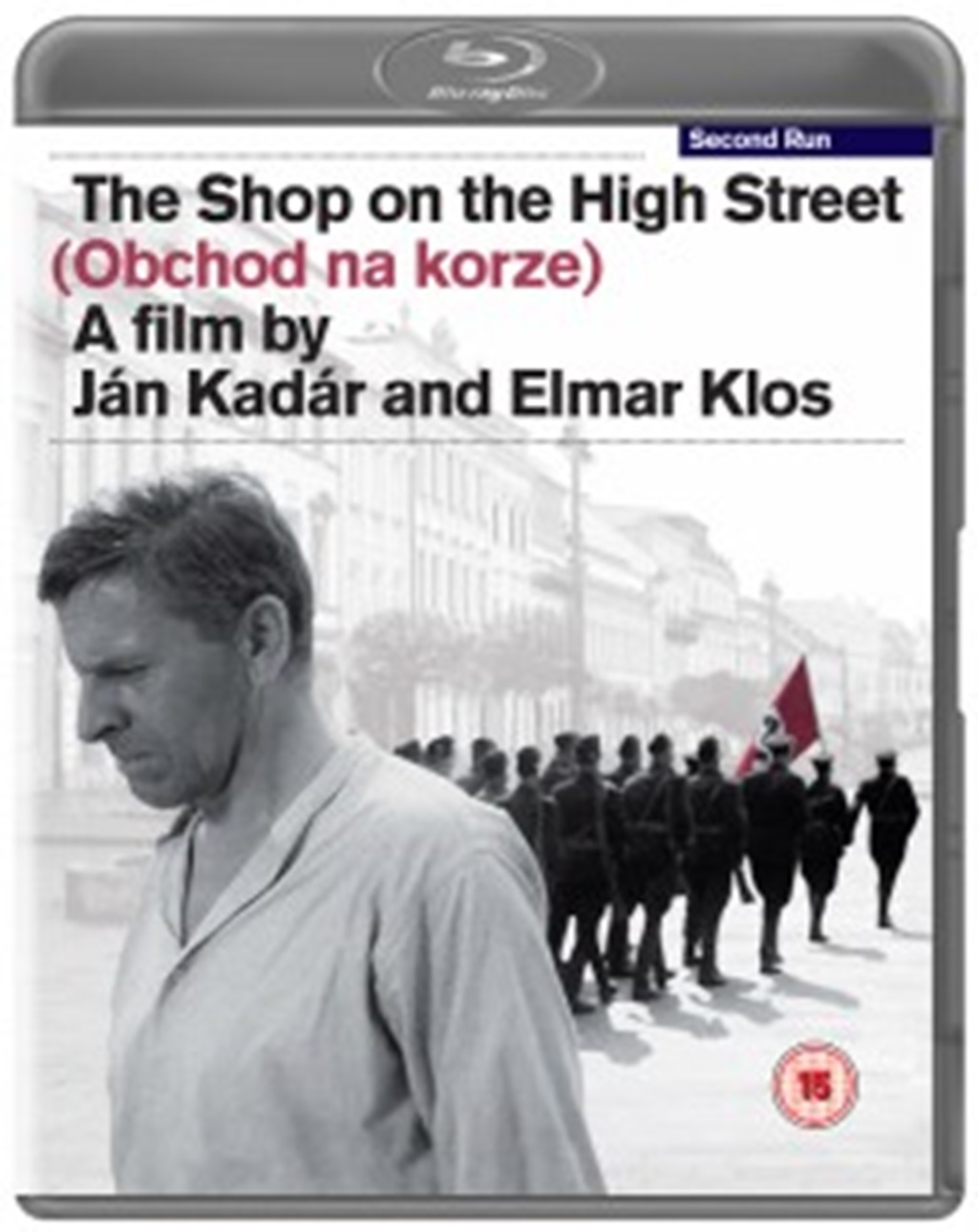
Second Run’s all-region Blu-ray release marks the film’s global debut in high definition, presenting a 1080p, 1.33:1 transfer that improves upon Criterion’s old DVD release despite some rough edges.
Sourced from a high-def master by the Czech National Film Archive, the transfer exhibits marks and scratches, especially in exterior scenes, but maintains detailed and stable imagery.
The 2.0 uncompressed mono soundtrack, while containing some background noise and minor drop-outs, effectively conveys the dialogue and Zdenek Liska’s impactful score.
The notable extra feature is a comprehensive 40-minute appreciation by historian Michael Brooke, delving into the film’s real-life history, production, themes, and the subsequent careers of key figures.
Additionally, the disc includes images from the US press book as a click-through feature, and a booklet featuring an essay by Peter Hames completes the bonus material.
People of the Mountains (Emberek a havason, 1942) Second Run
Second Run’s August release departs from mainstream popularity, presenting a film that may not have clinched any Oscars but exemplifies the label’s commitment to shedding light on non-canonical gems.
Available exclusively on DVD, “People of the Mountains,” the debut feature from Hungarian filmmaker István Szőts, faced disapproval from the Hungarian government.
Despite the intricate political backdrop involving Hungary and Romania’s dispute over Transylvania, the film is a captivating formal document.
Drawing comparisons to Jean Renoir and John Ford and acknowledged by Vittorio De Sica and Cesare Zavattini for their influence on Neorealist films, the movie unfolds like a docudrama.
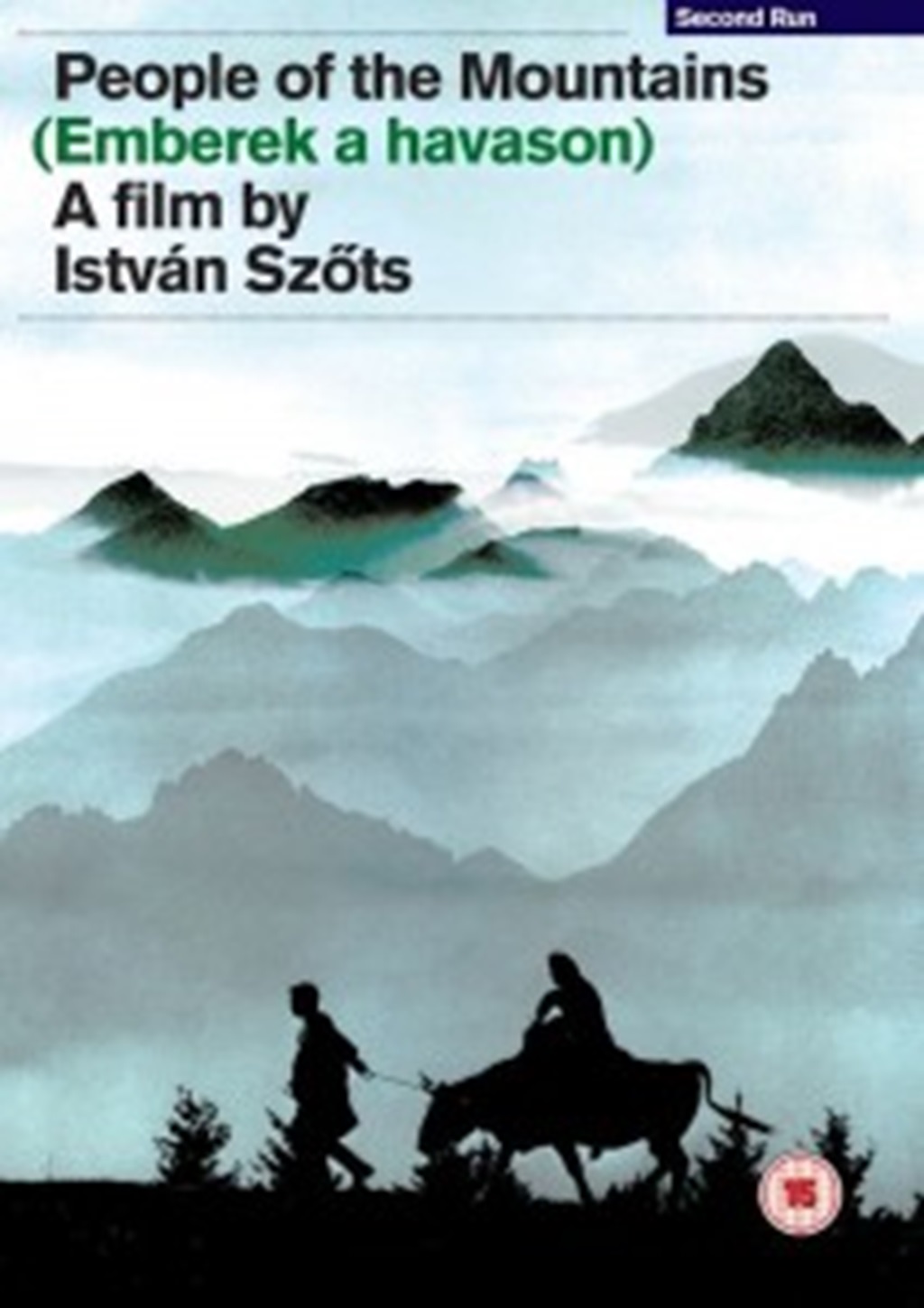
Szőts, predominantly working with nonprofessional actors, features János Görbe as Gergö, a man striving to preserve his family’s way of life in the face of a logging operation.
Gergö’s modest ambitions center around providing a better life for his wife, Anna (Alice Szellay), and their young son, Little Gergö (Péterke Ferency).
The narrative, initially low-stakes, intensifies into matters of life and Death as tragedies befall the family.
Despite its simplicity, the story resonates, amplified by Ferenc Fekete’s stunning camerawork, which utilizes diffused forest light to contrast the family’s aspirations with the harsh realities ahead.
Szellay and Görbe’s deeply expressive faces are framed in close-ups, infusing the film with emotional potency.
Sourced from a new 2K restoration by the Hungarian Digital Archive and Film Institute, Second Run’s DVD.
While lacking in bonus features, it exceptionally presents the film’s beautiful shadow gradations and delicate lighting, even in the DVD format.
Cunningham’s detailed essay is an informative complement to this unique cinematic offering.
The Spiders (Die spinnen, 1919) Destiny (Der müde Tod, 1921) Dr. Mabuse, the Gambler (Dr.Mabuse, der Spieler, 1922)
Kino Lorber
Kino releases upgraded Blu-ray editions of three foundational silent films by Fritz Lang, adding to the cinematic treasure trove.
While “Dr. Mabuse” already boasts an excellent Blu-ray from Eureka, Kino’s new editions of “The Spiders” and “Destiny” mark their English-friendly Blu-ray debuts.
Watching these films chronologically reveals the evolution of Lang’s fundamental filmmaking approaches, from bold expressionism and epic setpieces to suspenseful storytelling.
Influenced by Louis Feuillade’s serials like “Fantômas,” both “The Spiders” and “Dr. Mabuse” adopt a relentlessly episodic format with sprawling narratives.
“Destiny” stands out as a more compact fable, utilizing a nested story structure to retell a tale in various ways.
“The Spiders” follows adventurer Kay Hoog in a quest for lost Incan and pirate treasure while evading the titular crime ring.
Although somewhat turgid, it remains intriguing. “Destiny” showcases Lang’s atmospheric prowess, weaving a tale of a town haunted by Death and exploring scenarios in three different periods.
“Dr. Mabuse, the Gambler” is a more ambitious take on the serial, depicting a societal menace personified in criminal mastermind Mabuse.
Rudolf Klein-Rogge’s portrayal and Lang’s stark vision of Weimar-era Germany create a compelling narrative spanning 270 minutes.
Kino’s Blu-ray transfers showcase these silent gems with care. “The Spiders” benefits from a 1080p, 1.33:1 transfer, a marginal upgrade over the previous DVD.
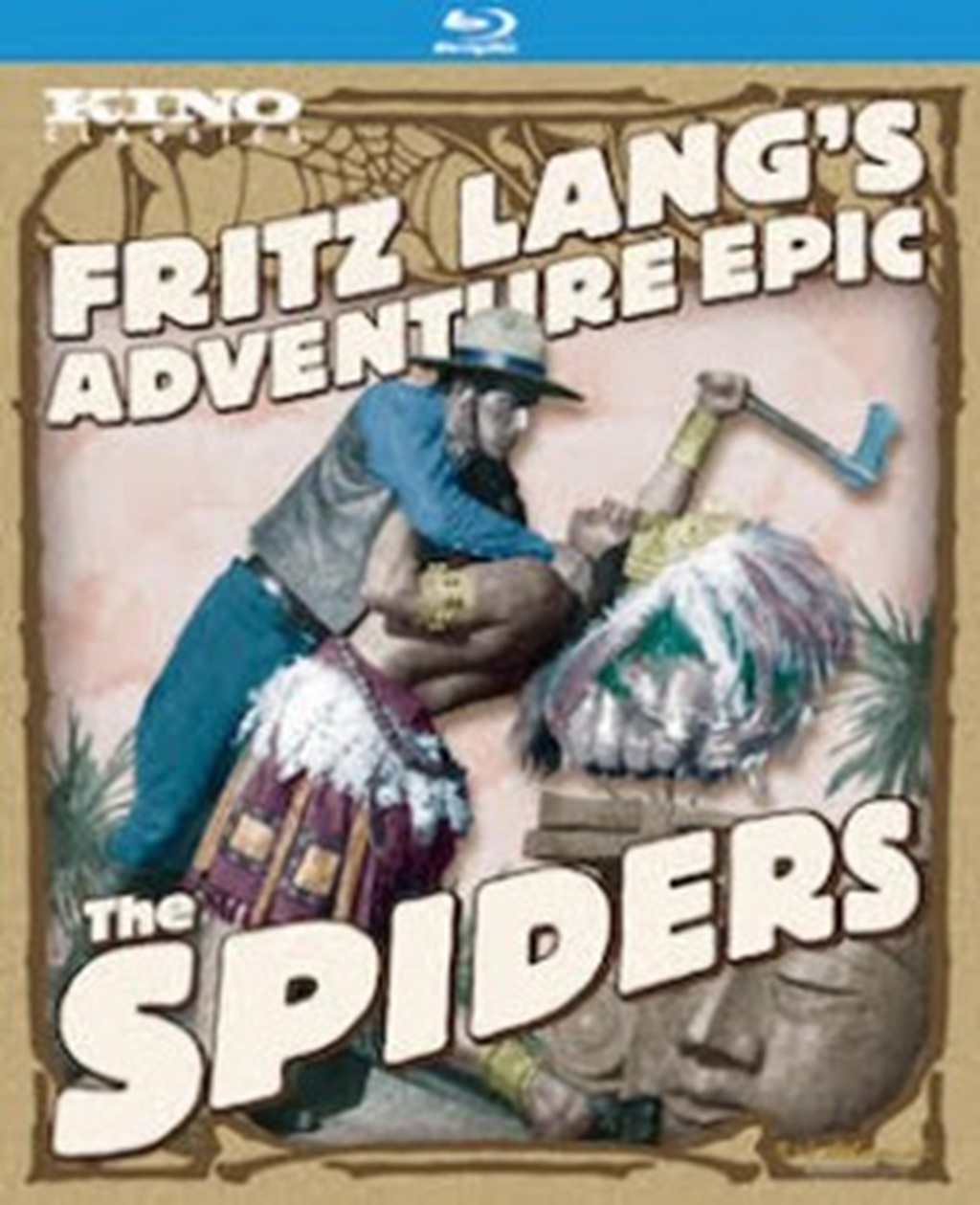
“Destiny” features a substantial 2K restoration, offering detailed images with optional English subtitles.
“Dr. Mabuse” uses the same restoration as Eureka’s disc, presenting a generally sharp image with optional English subtitles.
Each film comes with its unique audio score, enhancing the viewing experience.
While “The Spiders” lacks extras, “Destiny” includes a Tim Lucas commentary, a restoration demonstration, and a trailer.
“Dr. Mabuse” offers a three-part feature on music, the novel basis, and Lang’s perspective, though it misses the Eureka disc’s David Kalat commentary.
In essence, Kino’s releases contribute to preserving and celebrating Fritz Lang’s silent masterpieces.
The Fits (2016) Oscilloscope Laboratories
I don’t particularly like the “all style, no substance” criticism of art. Why should we diminish the significance of style itself?
With that said, I won’t apply this critique to Anna Rose Holmer’s debut feature, “The Fits,” despite its concise 72-minute runtime, which might not make a strong case for being more than a tightly controlled formal exercise.
The positive aspect is that it stands out as an impressive formal exercise, displaying a carefully crafted sense of trepidation and remarkable kinetic physicality within the constraints of the frame.
Beyond being a showcase for a promising talent behind the camera, “The Fits” is a harbinger of great things for Royalty Hightower, portraying 11-year-old Toni with a mix of determined strength and cautious innocence.
In a scenario reminiscent of a gender-reversed “Billy Elliot,” Toni becomes captivated by the dance troupe practicing at the same gym where she boxes with her brother.
Every physical action seems laden with potential consequences, whether the thudding of fists on a punching bag or the synchronized sounds of feet hitting the ground.
As Toni joins the dance team, mysterious fainting spells and seizures afflict some of the older girls, and Holmer’s camera skillfully exploits these moments for maximum unease.
Although not a horror film, “The Fits” could easily be tweaked into one with a few adjustments.

Ultimately, the film serves a somewhat thin metaphor, but even when it feels like a prelude to something more substantial, “The Fits” stands as an enjoyable debut.
Oscilloscope’s Blu-ray release boasts a crystal-clear 1080p, 2.35:1 transfer, and a 5.1 DTS-HD Master Audio track, accentuating the film’s dynamic sound design.
The bonus material is substantial, including an audio commentary with Holmer, producer and writer Lisa Kjerulff, and editor and writer Saela Davis.
The package includes an interview with Hightower, a making-of featurette, outtakes, and a theatrical trailer.
The Immortal Story (1968) The Criterion Collection
Orson Welles’ final completed fiction feature, “The Immortal Story,” adapted from a short story by Karen Blixen (Isak Dinesen), delves into the intricate relationship between truth and fiction.
Wealthy merchant Charles Clay, portrayed by Welles under layers of old-age makeup, endeavors to transform an old sailors’ tale from myth to reality by enlisting two individuals to reenact it.
The narrative, centered around a rich, impotent older man paying a young sailor to impregnate his wife, becomes a reflection of Clay’s loneliness, declining health, and impending irrelevance.
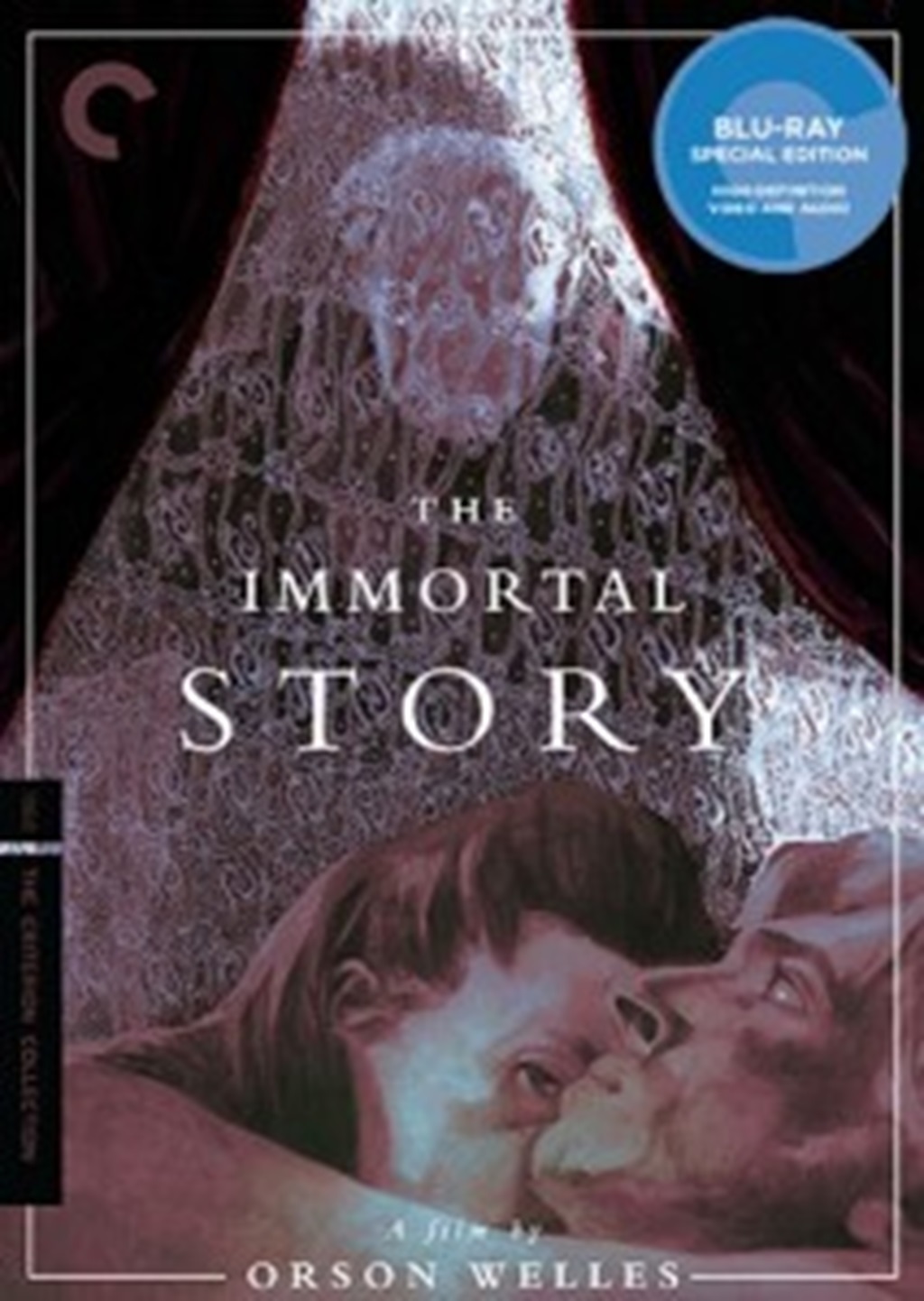
Welles’ dramatic use of color in “The Immortal Story,” his first color film, adds a layer of expressionism to the narrative.
Criterion’s 1080p, 1.66:1 transfer, sourced from a new 4K restoration, effectively captures the film’s rich textures and color palette.
Due to Welles ‘ post-dubbed sound choice, the uncompressed mono audio remains clean, though not dynamically robust.
Criterion’s generous array of extras includes the alternate French-language version of the film, a slightly shorter but comparable version to the English cut.
Additional features comprise a commentary by Adrian Martin, a 1968 French documentary on Welles, new interviews with actor Norman Eshley and scholar François Thomas, and a 2004 interview with cinematographer Willy Kurant.
The insert features an essay by Jonathan Rosenbaum. Despite its brief duration, “The Immortal Story” is complemented by Criterion’s extensive bonus material, offering insights into Welles’ creative process and the film’s thematic depth.
Also Read More: QVC Kim Gravel Surgery Before And After: Bell Palsy Causes Her Face to Drop Down

